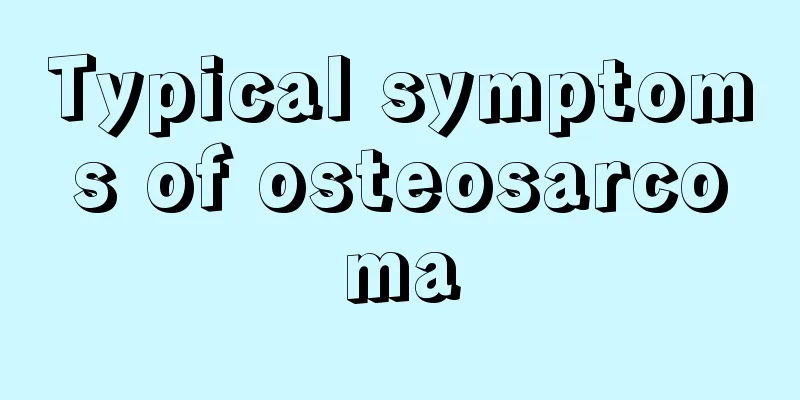Brief discussion on the research overview of glioma

|
Glioma is a difficult disease that occurs frequently in the brain. It is a tumor of the neuroectoderm. Because this type of tumor occurs in the brain, it seriously affects the daily behavior of various parts of the human body and causes many inconveniences in life. Let us briefly talk about the relevant research overview of glioma. Most gliomas develop slowly, and the time from the onset of symptoms to medical treatment is generally weeks to months, and a few can take several years. Highly malignant tumors and posterior cranial fossa tumors have a shorter medical history, while more benign tumors or tumors located in quiet areas have a longer medical history. If the tumor bleeds or cysts, the symptoms will suddenly worsen, and may even have a course similar to cerebrovascular disease. The clinical symptoms of gliomas can be divided into two aspects. One is the symptoms of increased intracranial pressure, such as headache, vomiting, decreased vision, diplopia, mental symptoms, etc.; the other is the focal symptoms caused by tumor compression, infiltration, and destruction of brain tissue, which can manifest as irritation symptoms such as localized epilepsy in the early stage and neurological dysfunction symptoms such as paralysis in the later stage. Gliomas are more common in men, especially glioblastoma multiforme and medulloblastoma, which are significantly more common in men than in women. All types of glioblastoma are more common in middle-aged people, ependymoma is more common in children and young people, and medulloblastoma almost always occurs in children. The location of glioma is also related to age. For example, cerebral astrocytoma and glioblastoma are more common in adults, while cerebellar glioma (astrocytoma, medulloblastoma, ependymoma) is more common in children. Symptoms mainly manifest in two aspects. One is increased intracranial pressure and other general symptoms, such as headache, vomiting, vision loss, diplopia, epileptic seizures and mental symptoms. The other is local symptoms caused by the compression, infiltration and destruction of brain tissue by the tumor, resulting in neurological dysfunction. Some tumor patients have epilepsy symptoms, which may be early symptoms. Epilepsy that begins in adulthood is generally symptomatic and is mostly caused by brain tumors. Those who are difficult to control with drugs or whose seizures change in nature should be considered to have brain tumors. Those with tumors adjacent to the cortex are more likely to develop epilepsy, while those with tumors deep inside are less likely to develop epilepsy. Localized epilepsy has localization significance. |
<<: What are the dangers of glioma
>>: Brief discussion on the research overview of glioma
Recommend
What are the self-treatment methods for prostatitis?
Prostatitis should certainly not be ignored. In a...
What does yogurt conflict with
Drinking yogurt as a beverage in moderation in ou...
Does eating durian hurt your stomach?
Durian is gaining more and more attention in peop...
What are the treatments for bee stings?
When flowers bloom, many people like to go out an...
How to treat lung cancer in its early stage to cure it? Several treatment methods for lung cancer in its early stage
For patients with early lung cancer, as long as t...
Why does common bile duct cyst occur
Children are prone to various diseases because of...
What is free testosterone
Everyone probably understands what kind of substa...
There are small bumps on the outside of the upper arm
Many people will find small bumps on the outside ...
Common medical treatments for bladder cancer
Bladder cancer is a disease that most people suff...
Is using an electric blanket harmful to the human body?
As winter approaches, many families choose to use...
What should we pay attention to in preventing lung cancer? Pay attention to these 5 aspects in preventing lung cancer
Experts say: For lung cancer prevention, we shoul...
Symptoms and treatments of gastrointestinal cancer
Gastrointestinal cancer is caused by the malignan...
In addition to whitening, what other functions does pearl powder have?
What are the effects of pearl powder? Many people...
How to remove formaldehyde in a new house
A new house can only be moved into smoothly after...
Difficulty in urination may lead to prostate cancer. These tests are required for diagnosis
Prostate cancer is one of the most common maligna...









